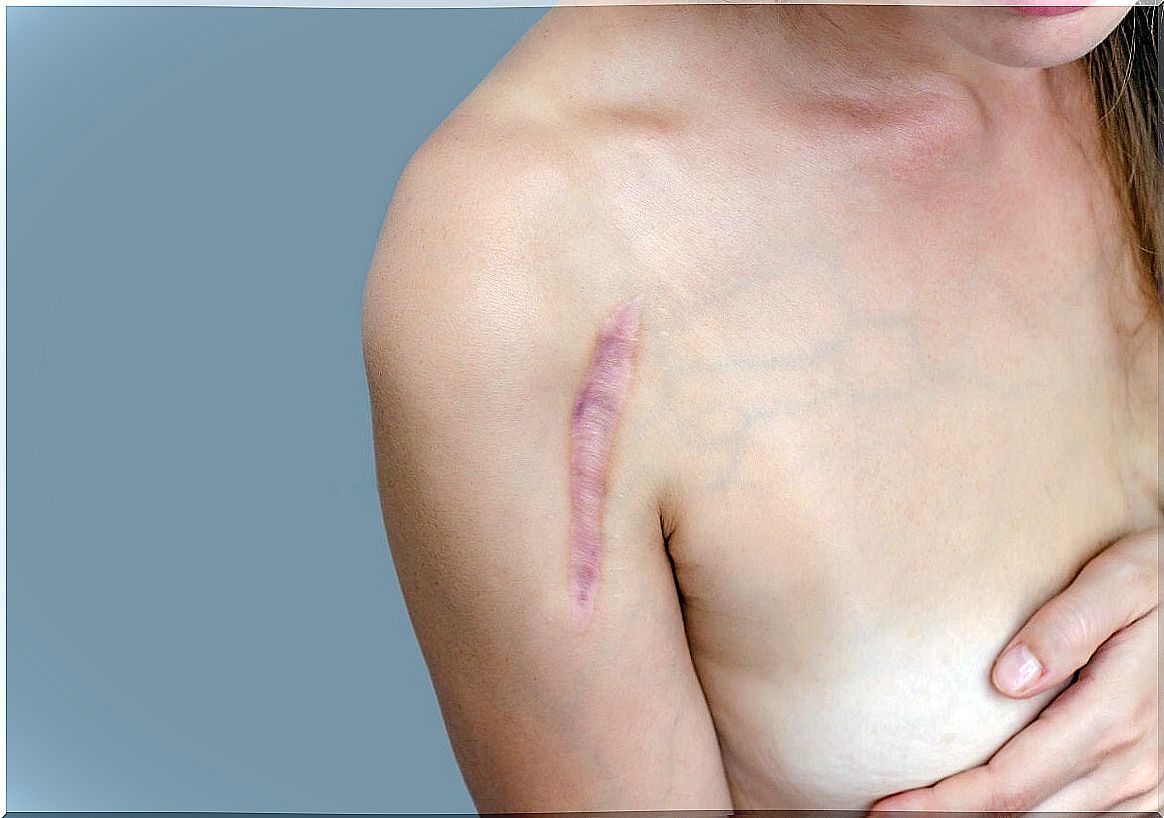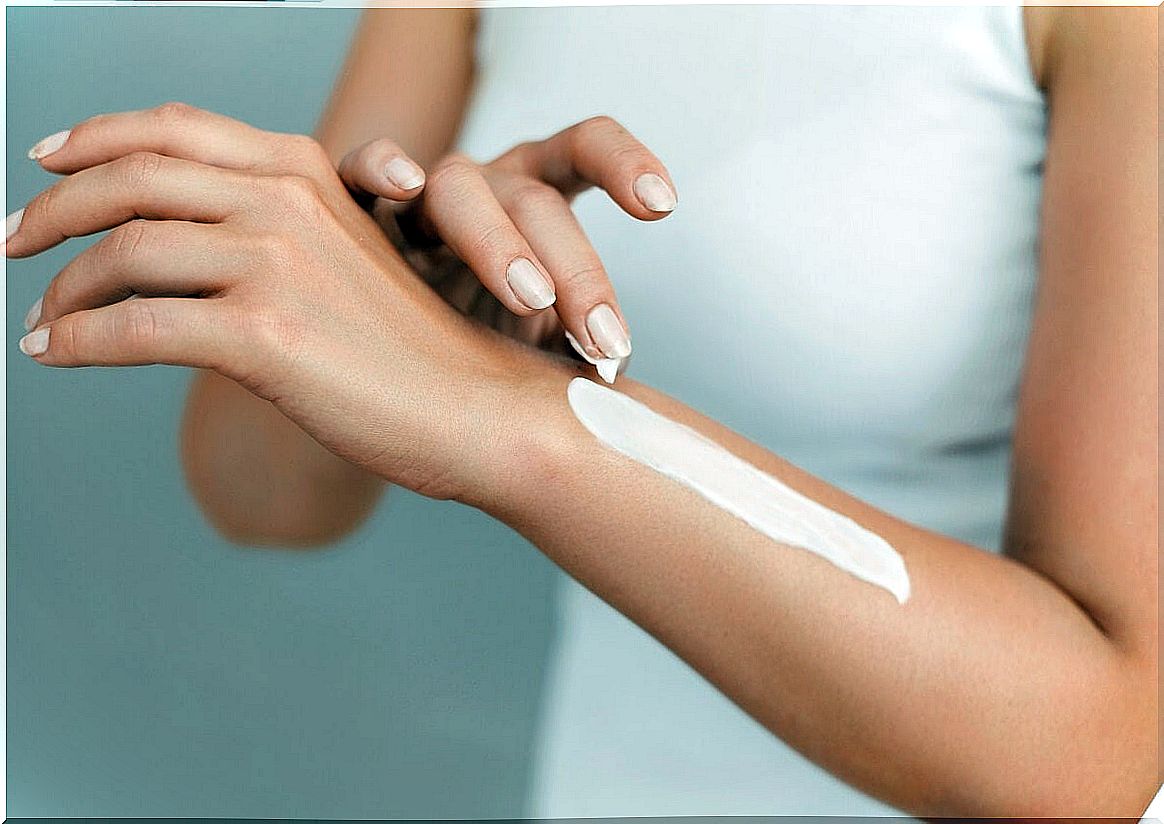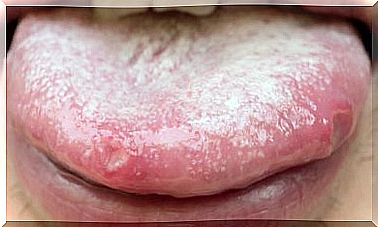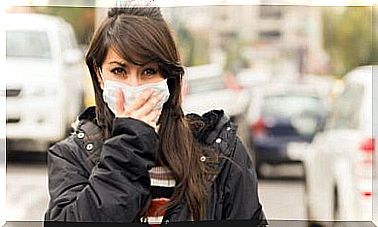How To Take Care Of Scars In Summer?
In times like summer it is important to apply some care to the scars that are exposed to the sun’s rays. Although today they are marks that can be reduced with the application of several treatments, it is convenient to avoid complications due to solar radiation.
Remember that any injury that breaks the skin’s surface causes a scar. They do not always remain for life, but many take years to fade. Let’s see in detail some recommendations so that the summer does not affect them in a negative way.
How are scars generated?
First of all, it is worth doing a brief review on how scars are generated. In general, when a wound is caused, the skin begins a healing process that will vary in duration based on the severity of the injury.
From when the damage is generated until its healing, several phases occur. The magazine of the Spanish Society of Wounds details them as follows:
- Coagulation phase : it begins at the time of the wound, when it begins to bleed, coagulation is started to stop the bleeding. The scab forms when the clots dry out.
- Inflammation phase: the scab has consolidated, the response of the immune system begins to prevent possible infections and, in turn, protect the wound. Blood vessels dilate, thus allowing proper nutrition and oxygenation of the wound. For the same reason, during these days the area is red and inflamed.
- Proliferative phase: damaged tissue regenerates and begins to decrease in size. Collagen formation is stimulated 15 days after the injury.
- Remodeling phase : begins when the dermis is repaired. This stage can last 2 years depending on the severity, and ends with the final scar.

Read also: Types of scarring
Recommendations for the care of scars in summer
Scars are a frequent reason for consultation in dermatology, especially when they were generated recently and summer is approaching. If the scar is white (more than a year and a half has passed), special care is no longer required. If not, it is best to implement the following recommendations.
Use sunscreen
The latest updates published in 2016 by Seminars in Plastic Surgery detail that newly formed scars, less than 18 months old, are highly susceptible to UV damage. In particular, they can cause hyperpigmentation and structural changes in the collagen matrix.
It is recommended to minimize its exposure to the sun, covering it with a bandage or clothing. In addition, it is essential to use a sunscreen equal to or greater than 50 SPF, during the 12 to 18 months after the injury.
Ultraviolet rays increase vascularity. Consequently, the scar increases its erythema and can become hyperpigmented. Sunscreen helps prevent melanogenesis, which occurs after UV rays are stimulated.
Apply moderate pressure with gel sheets
The use of silicone gel sheets is considered the recommended first line of treatment for recent scars. According to a study published by Aesthetic Plastic Surgery, a new silicone gel formulation generates a thin and flexible sheet on the newly epithelialized wound, being just as effective.
Moisturize the area
It is necessary to keep the skin hydrated so that it remains elastic enough to regenerate more effectively. There are specific products that help improve the appearance of difficult scars, while exerting a moisturizing and emollient effect.
Creams containing vitamins A and E or lotions with hyaluronic acid can be used, which help to improve the scar. Another option is to apply petroleum jelly, which helps keep the injury in good condition due to its moisturizing power.

You may be interested: 10 natural moisturizers to use in summer
Perform daily massages
To promote a proper healing process, especially in injuries during the summer, it is convenient to apply massages. They can be done after the initial healing period, that is, 2 or 3 weeks later.
Advances in Wound Care magazine details that it is a highly recommended therapy to flatten and soften scars. Its application leads to a more flexible and smoother scar through the degradation of excess and inflexible collagen.
It is important to take care of scars in summer
When the scars are recent and have not completed all the phases of the healing process, sun exposure can be very harmful. Therefore, now in summer, it is best to avoid direct contact with UV rays.
The daily and constant use of sunscreen, added to other measures such as the application of gel sheets and moisturizing products, mitigates the effects of the sun. Similarly, it is recommended to wear high coverage garments. Keep that in mind!









